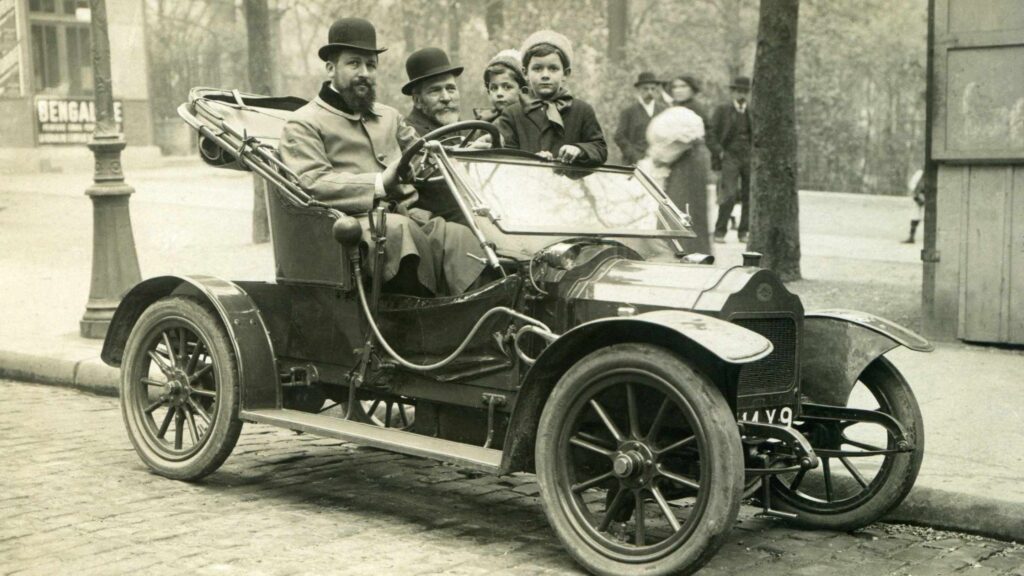Introduction
Automotive history is a captivating subject that allows us to trace the advancements and breakthroughs that have shaped the vehicles we see on the roads today. From the invention of the first automobile to the latest technological innovations, every milestone and turning point has contributed to the development of the modern automotive industry.
Early Beginnings
Invention of the Automobile
The journey of automotive history began with the invention of the automobile. Karl Benz is widely credited with creating the first practical motorcar in 1886. His three-wheeled vehicle, powered by an internal combustion engine, marked a significant turning point in transportation history. The Benz Patent-Motorwagen paved the way for future advancements and inspired a wave of inventors to explore the possibilities of motorized transport.
Mass Production: Ford Model T
Another monumental milestone in automotive history was the introduction of mass production techniques by Henry Ford in the early 20th century. The Ford Model T, launched in 1908, revolutionized the industry by making automobiles accessible to the masses. Ford’s innovative assembly line techniques significantly reduced production costs, allowing the Model T to become the first truly affordable car for the average person.
Technological Advancements
Introduction of the Electric Starter
One of the most influential technological advancements in automobile history was the introduction of the electric starter. Prior to its invention, cars relied on hand cranks to start the engine. This often proved to be a challenging and physically demanding task. In 1911, Charles F. Kettering developed the electric starter, making starting a car as simple as turning a key. This innovation not only improved convenience but also played a vital role in the widespread adoption of automobiles.
Safety Innovations: Seat Belts and Airbags
The evolution of automotive history also includes significant advancements in vehicle safety. In the 1950s, Volvo engineer Nils Bohlin invented the three-point seat belt, a safety feature that has saved countless lives. The introduction of seat belts as standard equipment in automobiles marked a significant turning point in prioritizing passenger safety.
Another crucial innovation in vehicle safety was the development of airbags. General Motors engineer John W. Hetrick invented the concept of the airbag in the 1950s. However, it wasn’t until the 1980s that airbags became a standard safety feature in cars. These inflatable cushions provide an additional layer of protection during collisions, minimizing the impact on the occupants.
The Rise of Modern Technologies
Fuel Efficiency: Hybrid and Electric Vehicles
As concerns about environmental impact and energy consumption grew, the automotive industry witnessed the rise of hybrid and electric vehicles. The introduction of hybrid technology, combining an internal combustion engine with an electric motor, offered improved fuel efficiency and reduced emissions. Additionally, electric vehicles, powered solely by electricity, have gained popularity due to their zero-emission capabilities. These advancements reflect a turning point in automotive history by addressing the need for more sustainable transportation options.
Autonomous Driving
Autonomous driving technology is one of the most exciting fields in modern automotive history. With advancements in sensors, artificial intelligence, and connectivity, autonomous vehicles are becoming a reality. This technology has the potential to revolutionize transportation by enhancing safety, efficiency, and convenience. As autonomous driving continues to develop, we can anticipate significant milestones in the near future.
Conclusion
Exploring automotive history allows us to appreciate the milestones and turning points that have shaped the vehicles we rely on today. From the invention of the automobile to the rise of modern technologies, every breakthrough has had a profound impact on the industry. As we look towards the future, it is fascinating to imagine how the next milestones and turning points will further transform the automotive landscape.







